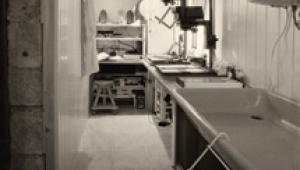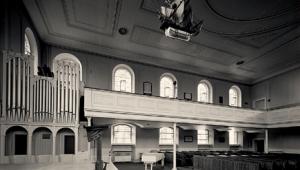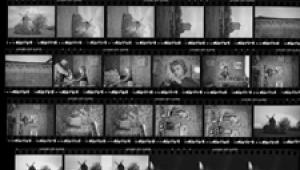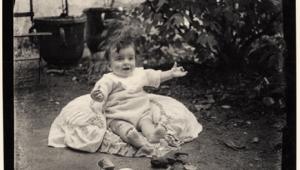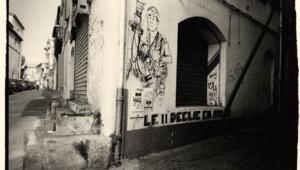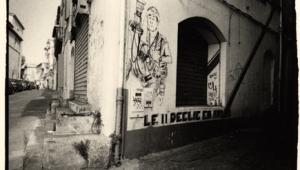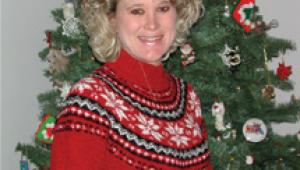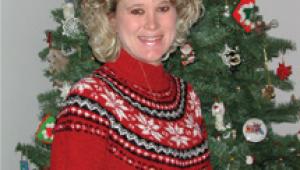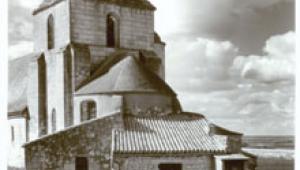I am very thankful to all your team for sharing such inspirational information.
Renaissance Artist - Raphael
The Darkroom
Printing From Glass Plates; It’s Definitely Worth The Effort
After looking at the prints I had just given her, my neighbor Genevieve said,
"I have never seen prints of these photographs before."
It all started when she showed me a box of 6x4.5cm glass plates from 1923-'35.
It was a collection of family photos of her father, aunt, and uncle when they
were small children. In France glass plates were used for far longer than in
the US. I offered to make a few prints for her, partly as a favor, but mostly
because I had never worked with glass plates and I wanted to.
 |
|
|
At first I thought about making only contact prints. Because of the weight
of the glass plate, all you have to do is lay plates of similar densities on
a sheet of photographic paper and you can print several plates at once. Or if
I want to be thoroughly authentic, I have a couple of 6x4.5cm contact printing
frames. But 6x4.5cm prints are pretty tiny. How much more fun to have enlargements!
The negative carrier from my Meopta Magnifax is perfect for this application.
It is a 6x9cm (about 21/2x31/4"), sandwich-type double glass carrier.
The glasses are inserts, so you can work with a single glass (top or bottom)
or use the carrier glassless. The sandwich will take materials up to about 5mm
thick (just under 1/4") with both top and bottom glass. These 6x4.5cm
plates are only about 1mm thick, so they can be placed in the carrier just like
any other medium format negative. There are masking blades in the carrier, so
it can be masked down from 6x9cm to 6x4.5cm.
It is always important when you work with a glass carrier to make sure that
you have it scrupulously clean. I use Kinetronics antistatic brushes and cloths
to do this. The brushes are soft and can also be used on glass plates (or other
negs). A few minutes spent cleaning the surfaces before you print can save you
hours of retouching later.
To keep the number of surfaces to a minimum, I chose to work with the plates
supported on the lower glass of the negative carrier. Normally when you use
a single glass, you should use an Anti-Newton glass above the negative, but
I needed the lower glass to support the plate.
 |
 |
|
|
||
With any collection of old negatives, glass or acetate, you are likely to
be working with extremes of density and contrast. Few photographers used exposure
meters; most of the meters available were not very accurate; and the general
inclination was to err, whenever possible, on the side of generous exposure.
But "whenever possible" was not necessarily very often: H&D
350 (roughly equivalent to ISO 15) was regarded as fast, and plenty of people
used plates of H&D 200 (ISO 8) or below. In addition, f/3.5 was a fast lens:
f/6.3 was quite common. Even in brilliant sun, 1/50 sec wide-open at f/6.3 might
be the optimum exposure. On overcast days, handheld exposure could be a distinct
embarrassment.
As for contrast, many people still developed their plates by inspection, under
a red light, and some were better at this than others: many produced negatives
that were pale and wan, while others went for contrast that looks halfway to
lith to a modern eye. Combine generous exposure with generous development and
you get a negative which was, in the phrase of the day, "bulletproof."
It's also true that ortho plates (non-red-sensitive) and "ordinary"
plates (blue-sensitive only) can play strange tricks with tonality, not just
flesh tones but also skies, red woods such as mahogany, brick... They are
not inherently contrastier, but they were often developed that way.
This didn't necessarily matter. Most negatives were still printed out
on Printing-Out Paper (POP) which needs a high-contrast negative and which has
no problem with either very high densities or very high contrast. For high densities
you just exposed the print for longer--one celebrated negative in the researches
of Hurter and Driffield reputedly took three days--and POP has an inherent
self-masking ability: as density builds in the more exposed areas of the print,
it masks the silver halide behind it, while density continues to build at the
same speed as before in the less exposed areas. This magically compresses the
tonal range to exactly what the paper can handle and explains why so many ancient
prints are so wonderful.
A well processed and archivally washed plate will last a very long time, quite
possibly for centuries if it is protected from fire, flood, and gelatin-eating
insects or fungus, but badly fixed or badly washed plates may well fade.
You therefore have three options. One is to go for POP (which is still available)
and do it the way our ancestors did. This is best for the aforementioned "bulletproof"
negatives but is a subject for a future column, in which I shall talk about
producing negatives for POP as well as the techniques of POP printing and toning.
The second option is printing on variable-contrast paper--and you may well
need the extremes that are available to you, from Grade 00 to Grade 5. This
is ideal for the vast majority of negatives, even the ones that are thin and
weak. And the third option, to which I shall return in a moment, is scanning.
Scanning is really only suitable for less dense, less contrasty negatives.
- Log in or register to post comments

No one in the world is able to aid you with papers completing better than famous writing service can do. Hence, that is ok if you buy essay papers "bestcustompapers.com" from the reliable custom company.
www.nationalacademiespress.com

Thank you for the information you share, this information is very useful for me ...
I hope you also read my article .... "Baby Gender".

Hopefully with his existing article that you write can be useful for the readers ...
"Cream Anisa".

While reading I have feel that this blog is really have all those quality. Keep sharing such excellent post like this in future too. Thanks for posting this. http://calibreworks.com
web-design-jakarta

Our dedicated home theaters are conceived to deliver superior audio and video performance within a repeatable process. Our packages are chosen for room size and/or budget, and then every system is engineered for that specific room, delivering the best possible performance. We design, sell, install, program and calibrate custom made high-end home theaters using top end audio and video systems and equipment

Pretty adequate post. I merely stumbled aloft your web log and basic to say that I acquire extremely enjoyed annual your web log posts How to determine baby gender

hello there and thank you in your info ? I’ve certainly picked up something new from right here.
Shuvo,
Clipping Path

Nice Blogs and Thanks for sharing
_________________________________
